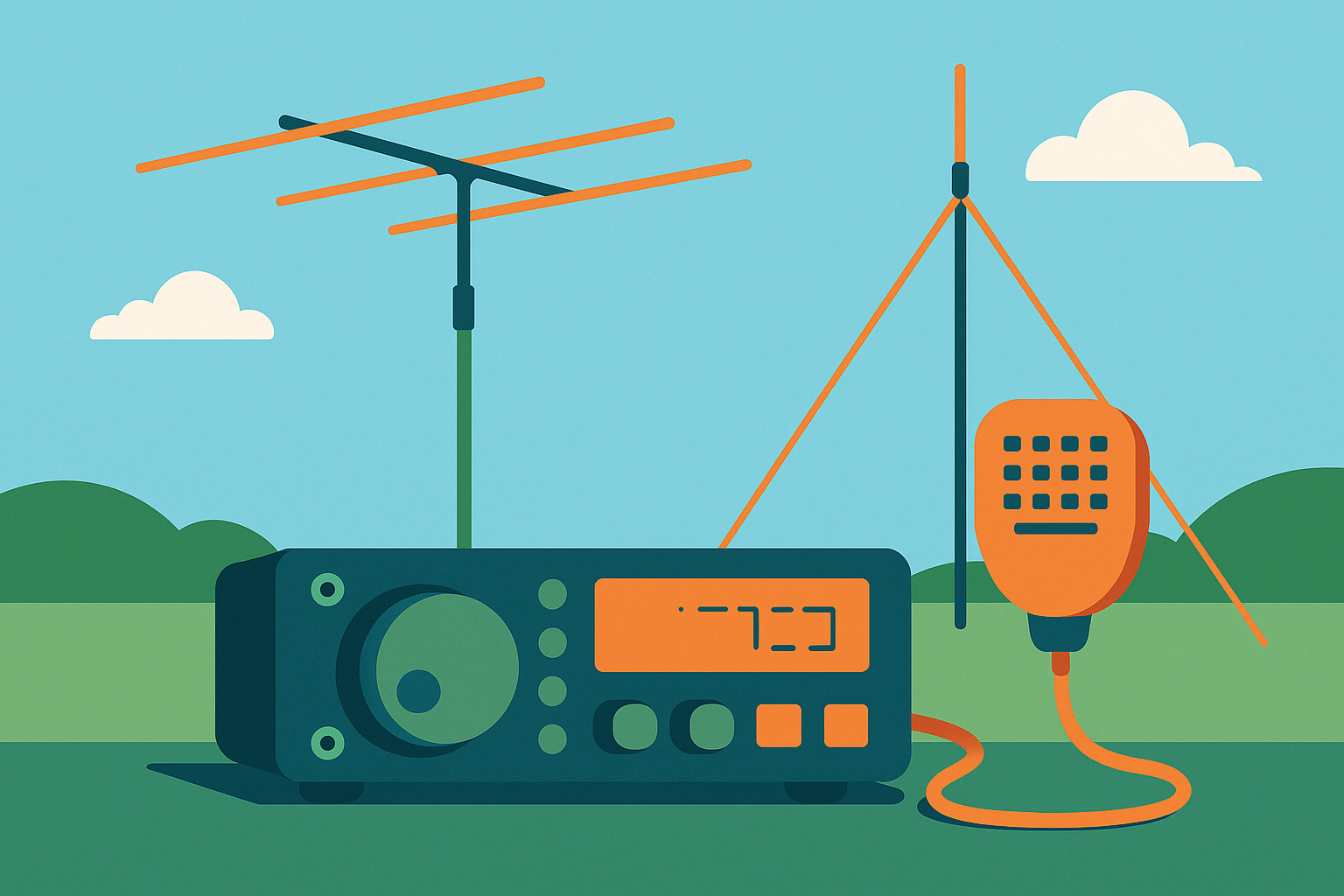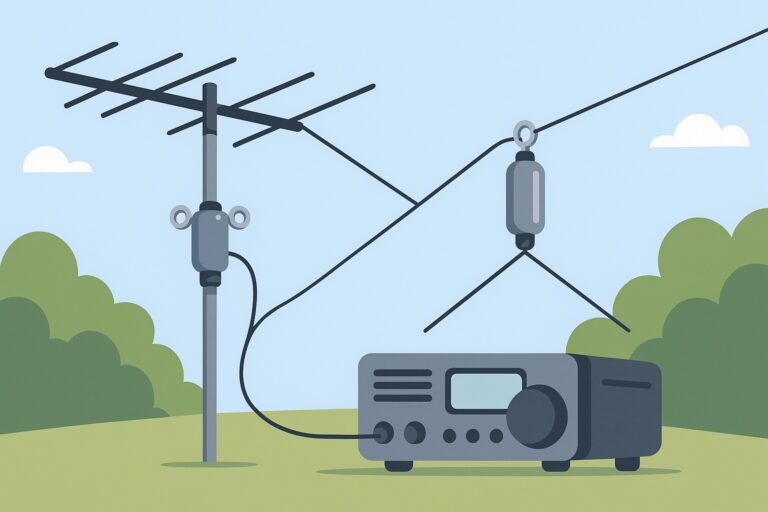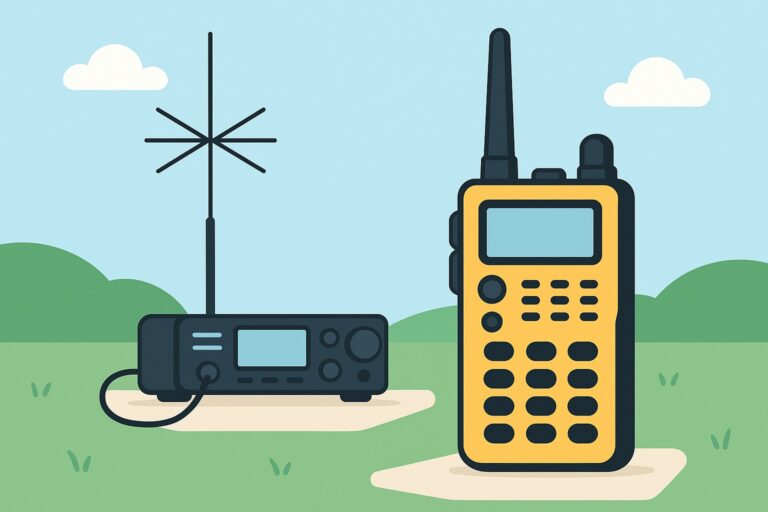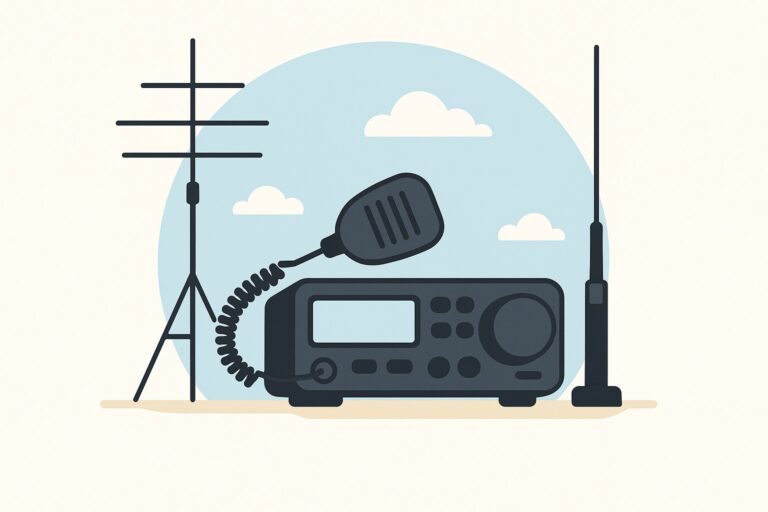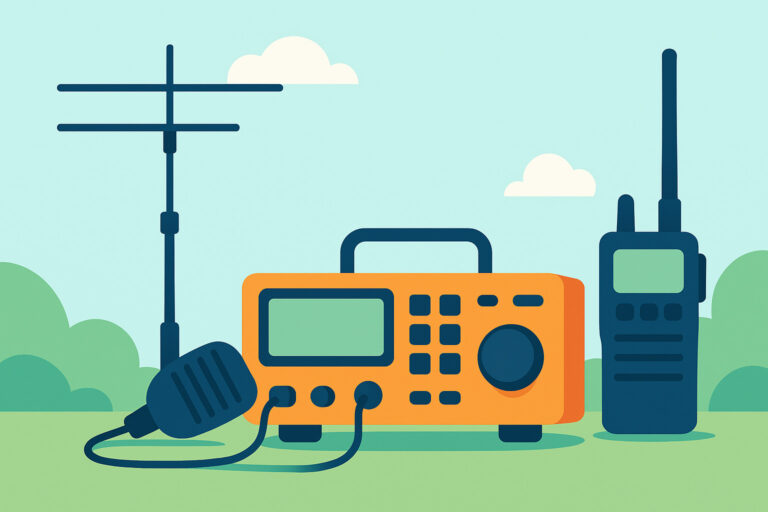10 Best Antennas for Your Intermediate Ham Radio Setup
Choosing the right antenna can make a world of difference for intermediate ham radio operators looking to improve their signal clarity, range, and overall station performance. As you progress beyond the basics, the market opens up a host of antenna options—each tailored to unique operating styles, band preferences, and installation requirements. This guide explores the 10 best antennas for intermediate ham radio setups, highlighting their features and helping you find the perfect match for your growing station.
10 Best Antennas for Your Intermediate Ham Radio Setup
Introduction to Intermediate Ham Radio Antennas
As your ham radio journey evolves, so do your needs—especially when it comes to antennas. Intermediate operators often seek to expand their communication capabilities, experiment with new bands, and maximize both transmitting and receiving performance. The right antenna can unlock new contacts, reduce interference, and make every QSO more enjoyable.
Intermediate ham antennas strike a balance between affordability, ease of installation, and technical sophistication. Unlike entry-level antennas, these models may offer multi-band coverage, higher power handling, and improved gain. Whether you’re interested in VHF/UHF repeaters, HF DXing, or portable operations, the following antennas have been selected for their quality, reliability, and reputation among seasoned operators.
Below, we’ll walk through the top 10 antennas that are ideal for intermediate enthusiasts—explaining what makes each stand out and how they can enhance your station’s performance. For further tips and product reviews, be sure to visit https://hamradioplayground.com for more in-depth resources.
1. Comet GP-9 Dual Band Antenna
The Comet GP-9 Dual Band Antenna is a favorite among VHF/UHF enthusiasts who want robust performance for both local and long-distance communication. Its vertical design makes it suitable for rooftop, mast, or tower mounting, and its weather-resistant construction ensures reliable operation year-round.
The Comet GP-9 Dual Band Antenna offers a gain of 3.0 dBi on the 2-meter band and 6.0 dBi on the 70-centimeter band. This high gain translates to improved signal reach and clearer reception, making it a smart choice for intermediate operators looking to push the limits of their handhelds or base stations without a complex installation process.
2. Diamond X510HDM
If you’re searching for one of the best-performing dual-band verticals, the Diamond X510HDM is hard to beat. Its tall, slim profile allows it to blend seamlessly into many suburban or urban environments, and its rugged fiberglass build can withstand the elements.
The Diamond X510HDM antenna provides a gain of 8.3 dBi on the 2-meter band and 11.7 dBi on the 70-centimeter band. This exceptional gain ensures your signal travels farther, making it ideal for repeater work, simplex contacts, and even emergency communications. Its performance and reliability have made it a staple in many intermediate operators’ shacks.
3. MFJ-1778M
The MFJ-1778M is a versatile wire antenna that appeals to hams eager to explore the HF bands without a full-size setup. Its classic G5RV design has been a staple of amateur radio for decades, prized for its multi-band performance and straightforward installation.
The MFJ-1778M is a half-size G5RV antenna designed to operate from 40 to 10 meters. This makes it a practical solution for those with limited space who still want to enjoy rich HF activity. Pair it with a suitable tuner and you’ll access a wide range of bands, making it a cost-effective and efficient antenna for intermediate users.
4. Hustler 4-BTV HF Vertical Antenna
For the HF operator seeking solid performance across multiple bands with minimal fuss, the Hustler 4-BTV HF Vertical Antenna is a proven solution. Its compact footprint and vertical orientation make it perfect for those with limited yard space or HOA restrictions.
The Hustler 4-BTV HF Vertical Antenna covers four HF bands: 10, 15, 20, and 40 meters. Its robust design and straightforward tuning process mean you’ll spend less time setting up and more time on the air. Rugged and weather-resistant, this antenna is built to handle the demands of regular operation.
5. Chameleon CHA MPAS 2.0
When flexibility is paramount, the Chameleon CHA MPAS 2.0 stands out. This modular antenna system is designed for rapid deployment in various configurations—vertical, horizontal, sloper, or inverted V—making it a favorite among portable and field operators.
The Chameleon CHA MPAS 2.0 supports a frequency range from 1.8 to 54.0 MHz. This wide coverage enables you to work nearly every HF and 6-meter band, whether you’re at home or operating in the field. Its rugged construction and adaptability make it a must-have for the adventurous intermediate ham.
6. DX Commander Signature 9 HF
The DX Commander Signature 9 HF is a high-performance multi-band vertical that’s gained a strong following for its efficiency and power handling. Designed for serious HF work, it uses a vertical array of wires to achieve outstanding multi-band performance with a single feed point.
The DX Commander Signature 9 HF antenna can handle up to 1450W with SSB and 375W with digital signals. This power capacity makes it ideal for operators who want to push their station’s limits, experiment with amplification, or simply ensure maximum reliability during contests and DX hunts.
7. Hy-Gain AV-680 Patriot-Plus
For those seeking the broadest band coverage in a single vertical package, the Hy-Gain AV-680 Patriot-Plus is a leading contender. Its robust construction and impressive band versatility make it a favorite for ambitious operators who want to work a wide range of HF frequencies.
The Hy-Gain AV-680 Patriot-Plus covers 9 bands from 6m to 80m. Its no-radial design and compact height make installation straightforward, even in restricted spaces. This all-band capability means you’ll rarely miss out on propagation openings or contest action.
8. Diamond Antenna CP-6
The Diamond Antenna CP-6 is a compact trap vertical designed for hams who want solid performance on the most popular HF bands. Its clever trap design allows for efficient multi-band operation without the complexity of a large wire array or elevated radials.
Covering 80, 40, 20, 15, 10, and 6 meters, the CP-6 is a great choice for operators who want to maximize their band coverage in a compact form factor. Its straightforward installation and durable build make it especially appealing for those with limited space or who need a reliable secondary antenna for their shack.
9. Cushcraft R8
The Cushcraft R8 is a premium vertical antenna that delivers broad HF coverage and strong performance for the intermediate operator. Its eight-band capability, no-radial design, and sturdy construction make it a top pick for those looking to upgrade their station’s versatility.
With coverage from 6 to 40 meters, the R8 excels in both DXing and casual operating. Its advanced trap and matching network technology ensure efficient radiating on every band, while its weather-resistant design means you can count on years of reliable service.
10. Alpha Delta DX-EE
The Alpha Delta DX-EE is a compact multi-band dipole designed for hams with limited space who still want to access the heart of the HF spectrum. Its shortened design allows for installation in smaller yards, attics, or portable setups without sacrificing multi-band functionality.
Covering 40, 20, 15, and 10 meters, the DX-EE is perfect for intermediate operators aiming to explore the most active HF bands. Easy to install and requiring no radials, it’s a low-hassle way to enjoy quality contacts across a range of frequencies.
Factors to Consider When Choosing an Antenna
Selecting the best antenna for your intermediate ham station isn’t just about price or brand recognition—it’s about matching your operating goals, space, and technical preferences. Here are some key factors to weigh as you shop:
- Frequency Coverage: Ensure the antenna supports the bands you wish to operate. Multi-band antennas offer more flexibility, but may require tuners for optimal performance.
- Gain and Efficiency: Higher gain antennas provide longer range and improved signal quality, but may be larger or more directional.
- Power Handling: Consider the maximum power level your antenna can handle, especially if you plan to use amplifiers or high-duty cycle modes like digital.
- Installation Requirements: Assess your available space, height restrictions, and any HOA or local regulations. Some antennas require radials or guying, while others are self-supporting.
- Durability and Weather Resistance: Outdoor antennas should be built to withstand wind, rain, and UV exposure—look for corrosion-resistant materials and robust construction.
- Ease of Setup and Tuning: Some antennas are plug-and-play, while others may need careful tuning or require additional components like tuners or baluns.
Taking the time to evaluate these criteria will help you find an antenna that not only fits your station but also grows with your skills and interests as an intermediate operator.
Conclusion
Upgrading to an intermediate-level ham radio antenna is one of the smartest moves you can make to boost your station’s capability and enjoyment. Whether you favor VHF/UHF repeaters, HF DXing, portable field work, or all of the above, there’s an antenna on this list ready to meet your needs. Each model highlighted here has earned its reputation for performance and reliability, making it a solid investment in your amateur radio future.
Remember, the “best” antenna is the one that fits your space, operating style, and technical ambitions. Consider your primary bands, installation options, and desired features as you shop. And for more detailed reviews, installation guides, and operating tips, visit https://hamradioplayground.com. With the right antenna, you’ll unlock new contacts, clearer signals, and a world of ham radio enjoyment.

